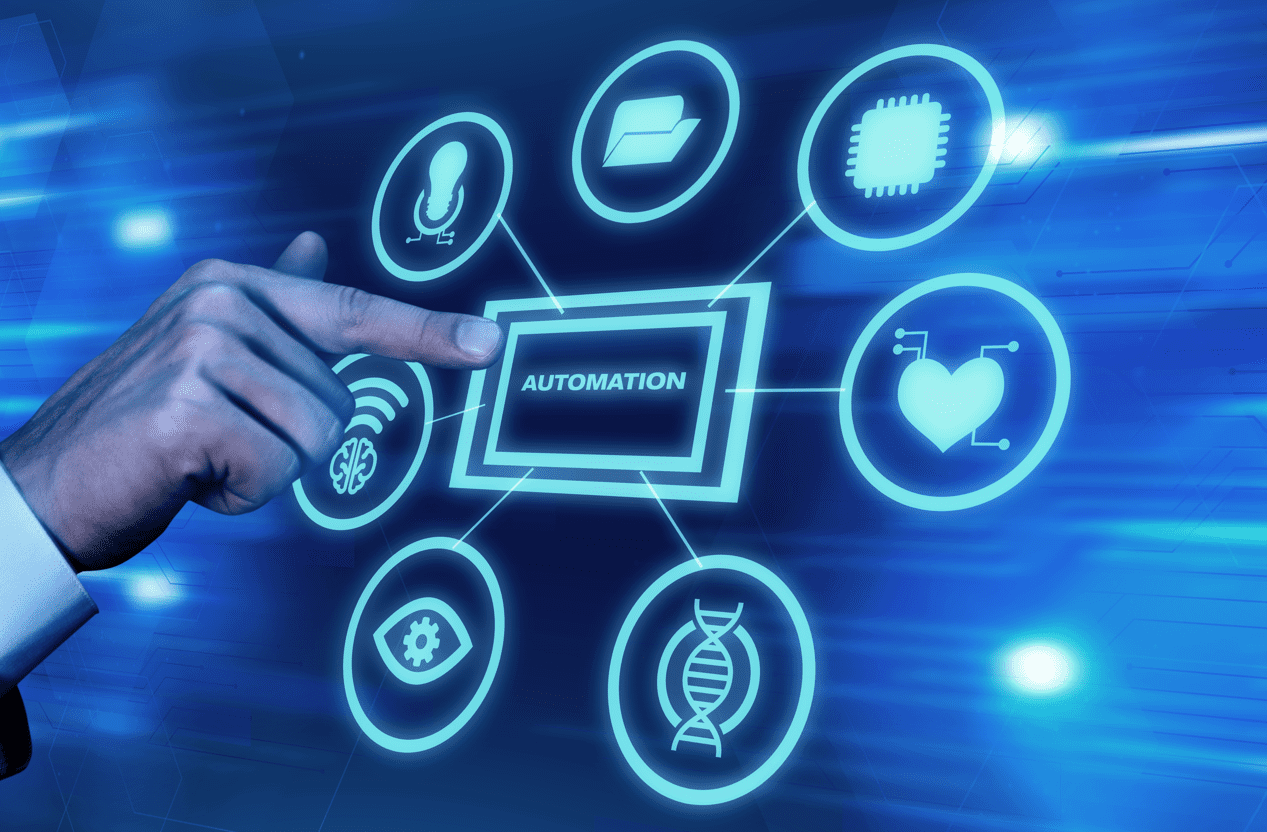Tools for Continuous Delivery
Continuous Delivery Tools#
Now that we’ve discussed Continuous Delivery capabilities and principles. Tools are another vital aspect of Continuous Delivery. Tools help streamline the software development and deployment process.
Tools help solve complex tasks in seconds. With the help of tools, you can automate tasks to improve the delivery process. In the modern software development space, you can easily find any tool for any task. For efficiency and cost-effectiveness, you should incorporate CD tools in your delivery process.
You’ll find many tools in the same category but each one is designed with specific applications in mind. Choose the tools that best fulfill your needs. Don’t get carried away.
Let’s explore some popular continuous delivery tools to streamline different aspects of your deployment pipeline.
Version Control:#
Version control is essential for every organization in the IT sector. It keeps track of all the changes in the code base. It allows developers to collaborate on different projects.
Git is a popular version control tool other version control tools are Mercurial and Subversion. All these tools allow distributed development.
Web-based version control tools are also helpful for developers. These tools enable developers to host their code repositories and collaborate with their team members seamlessly.
Popular Web-based version control systems are:
- GitHub
- GitLab
- BitBucket
Build Automation:#

Build automation is a crucial aspect of continuous delivery. It automates the compiling, assembling, and packaging process of source code. It makes the build process efficient, reliable, and reproducible.
Here are some popular build tools.
- Jenkins
- Circle CI
- Azure DevOps
- Apache Maven
- Gradle
- MSBuild
Build automation tools often have dependencies management features. Moreover, some build tools provide plugins and extensions to integrate them with other tools and applications.
Monitoring and Logging:#
Monitoring and Logging are crucial aspects of Continuous Delivery. They help ensure the performance and reliability of software in the production environment. Monitoring and logging tools collect different metrics like CPU usage, memory consumption, etc.
Metrics collected by these tools are analyzed to create reports and trigger alerts. These reports and alerts give insights into application performance.
Here are some popular tools that you can utilize.
- Prometheus
- Grafana
- New Relic
- ELK Stack
- Data Dog
- Prometheus Operator
Configuration Management:#
Configuration management is another vital aspect of Continuous delivery. It is quite challenging and costly to manage it manually. Tools enable developers to better manage and scale applications and infrastructure.
Here are some popular configuration management tools:
- Terraform
- Puppet
- Ansible
- SaltStack
Containerization and Orchestration:#
Containerization is crucial for continuous delivery. These tools enable developers to package applications with their dependencies in a container. These tools provide consistency, reproducibility, scalability, and flexibility.
Here are some popular Container and orchestration tools.
- Docker
- Kubernetes
- Docker Swarm
- Amazon ECS
- Apache Mesos
Automated Testing:#
Automated testing is a critical aspect of the Continuous Delivery pipeline. It ensures bugs and errors are detected before they reach the production environment.
Testing is of different types and so are the testing tools. Here are some popular automated testing tools.
- Selenium
- JUnit and TestNG
- JMeter
- Burp Suit
Deployment Automation:#

Deployment tools enable you to seamlessly deploy your application in the production environment.
Here are some popular deployment tools.
- Jenkins
- Spinnaker
- AWS deploy
- GitLab CI/CD
Automation has revolutionized the modern software development landscape. It has become the backbone of Continuous delivery. It has applications in every industry. No matter which IT sector you belong to, you can not deny its importance.
Although automation can streamline workflow and provide other benefits, organizations experience resistance from the inside. Employees prefer traditional ways of continuous delivery. These conventional ways affect the deployment process.
With traditional practices, your workflow becomes inefficient and complex. For example, traditionally tests are done after long commit phases or during deployment. This type of testing makes the identification of errors and bugs very difficult.
On the other hand automation ( Continuous testing) allows you to test your code with each commit continuously, allowing you to identify errors and bugs instantly.
Another problem with traditional practices is the long deployment phases. Organizations avoid frequent deployments to prevent downtime and other operational difficulties. They stack up updates to release them all at once. This deployment can cause integration problems, errors, and lower customer satisfaction.
One of the reasons organizations use traditional frameworks is for cost optimization. However, automation can significantly reduce infrastructure and operational costs. The only thing you need for cost reduction is better management.
Speaking of automation you might wonder what can you automate in your deployment process.